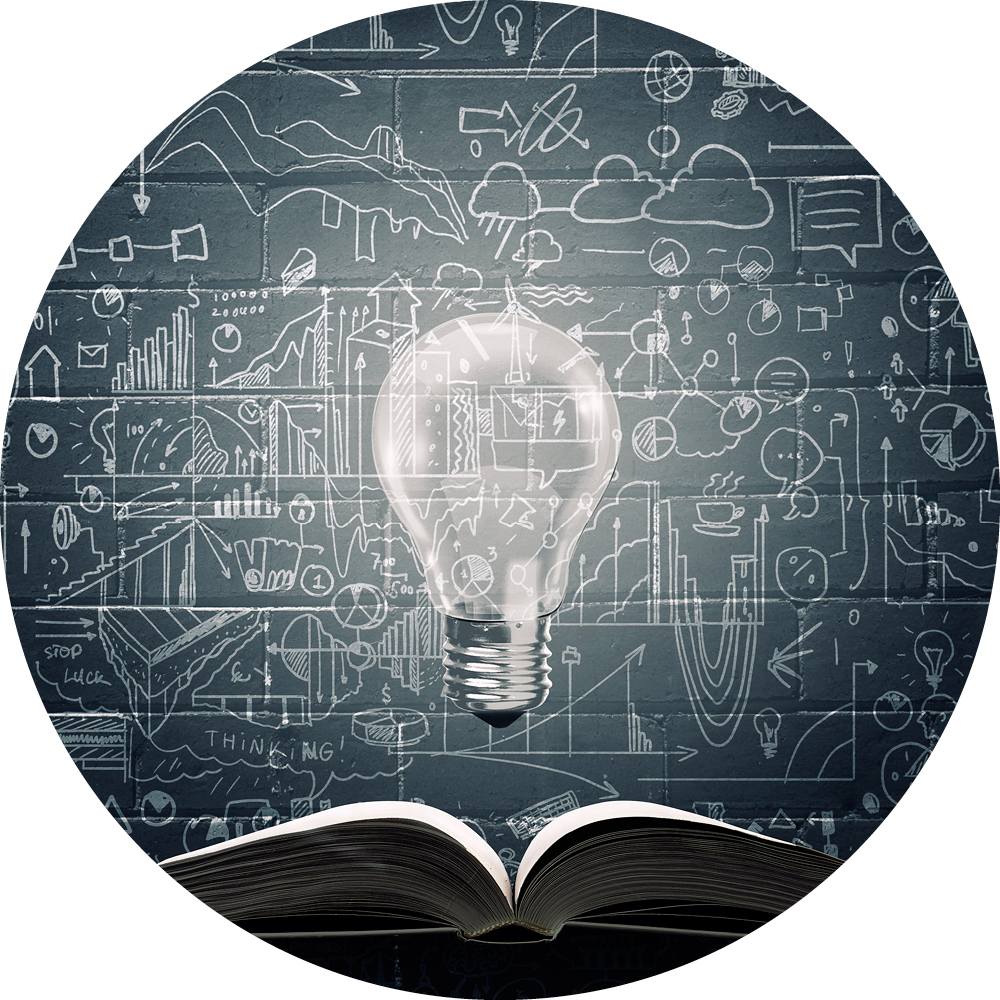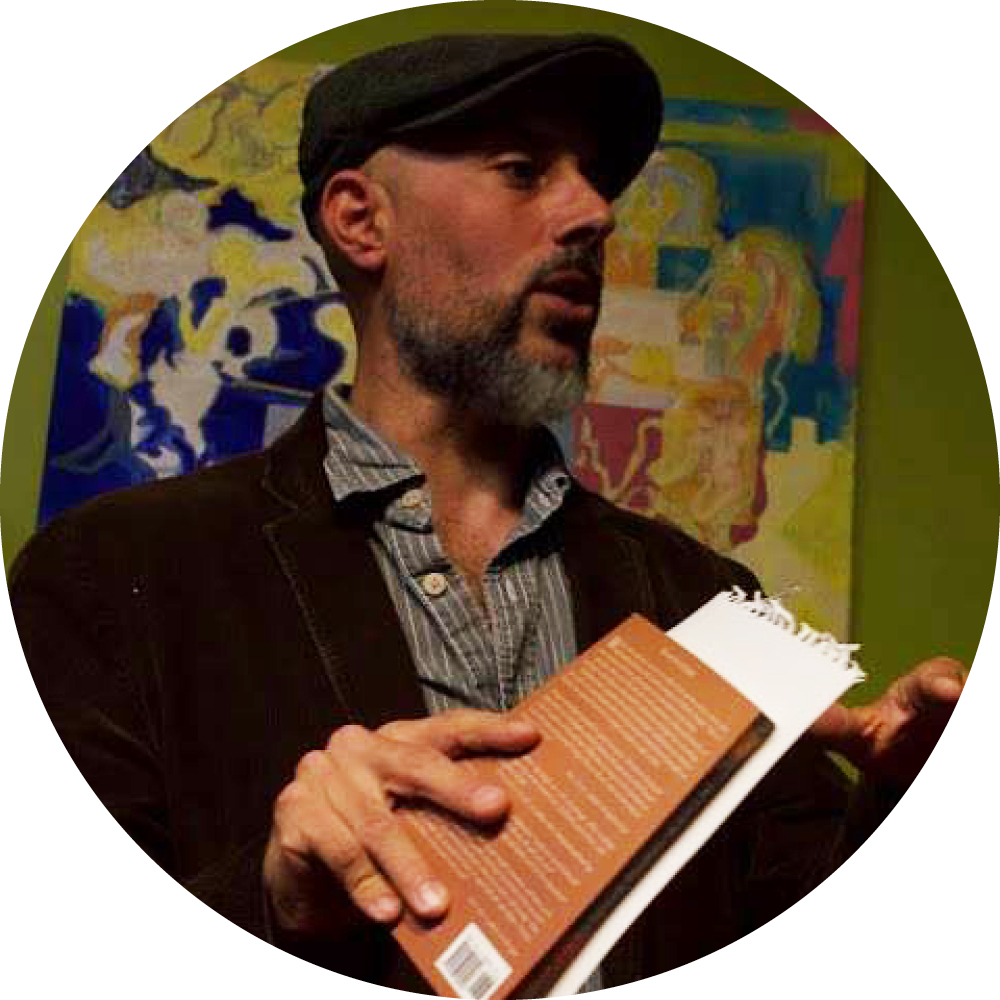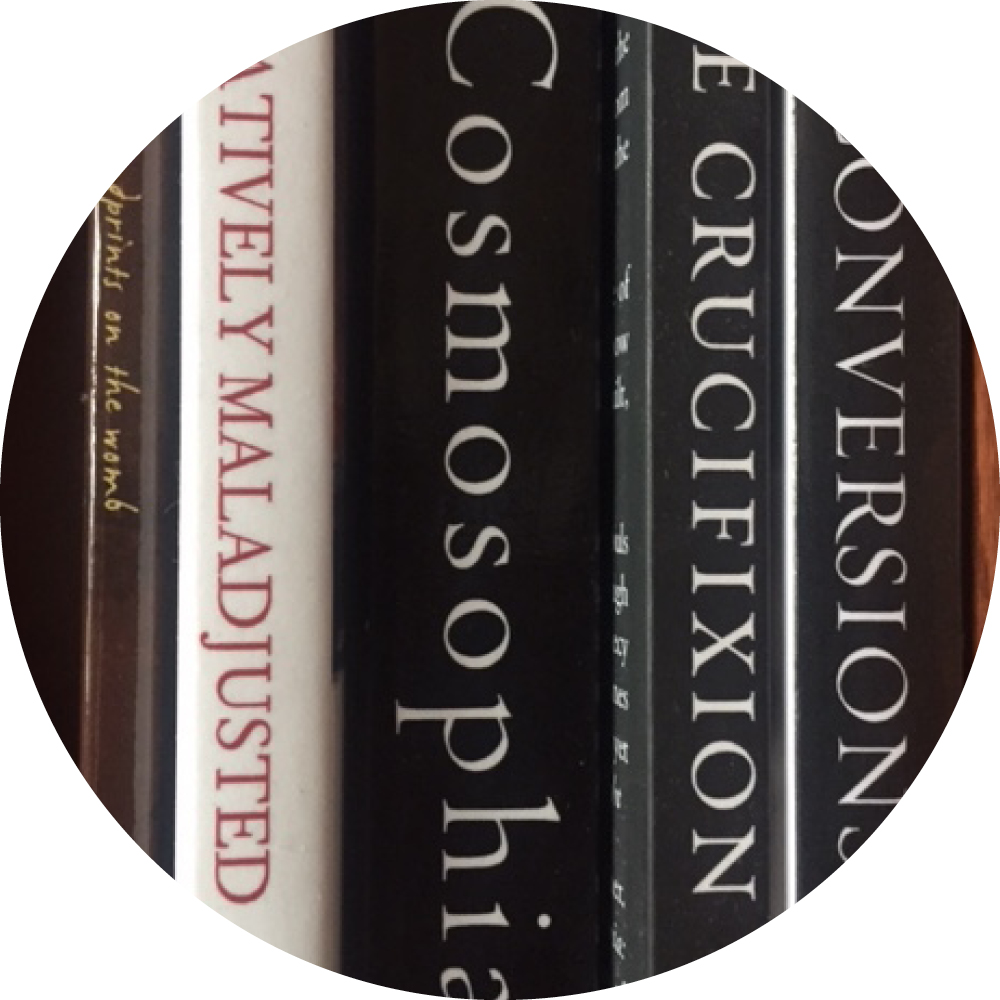Contemplation Music Writing
Strikes Emotional Chords with Kids:
A Pathway to Self-and-Other Awareness
By Jeffrey Pflaum
It’s 12:35 p.m. I’m picking up my 6th grade class from the cafeteria. You can cut the heat with a knife. The kids are sizzling. We walk upstairs. I’m waiting for something to happen. Two boys start shoving each other and refuse to “stay hit.” Two girls curse out their respective mothers, fathers, and grandfathers. We stop on the fourth floor. We’re out of emotional breath. Thoughts of getting back to work again are repugnant to everyone – including the teacher.
We finally get to the room. We’re still boiling. In desperation I reach into my desk drawer and take out a cassette tape of an old Billy Joel album, then put it into the “juke box.”
“Get your heads down on the desk and listen!” I bellow. Lights are shut. Shades drawn. “Sit back and relax,” I tell them in a calmer voice. “Don’t think about work or anything. Forget the world for a little while.”
The tape runs for 15 minutes. We come out of our dreams and I ask the class: “How did you feel while listening to the music? What happened inside yourself?” The children spoke freely:
• “I thought I was flying.”
• “I wanted to throw up.”
• “My head was heavy.”
• “Everything was like a dream.”
Exit Bad Vibes City, alias the cafeteria, and enter the new world of contemplation.
Listening to music continues on a daily basis. Weeks later, I ask them to express their experiences on paper. I say to the class: “Tell it like it is. There are no right or wrong answers.”
The contents – feelings, thoughts, ideas, images, memories, reflections, fantasies, dreams, daydreams, conflicts, flashbacks and poetry – become discussion subjects following the music periods. Some fragments from the students’ works are:
• “I imagined being a window and the children threw rocks at me.”
• “Sometimes I don’t know whether I’m in a dream or in real life.”
• “I don’t want to do contemplation.”
• “I am a loser. I try and try, but I always lose.”
I read the writings anonymously because the contents are personal. At first I read the pieces aloud and go directly into the next lesson. But the writings are so fascinating that I feel more could be gotten from them. For each piece – or “contemplation writing” – I make up questions asking about: the images conveyed, feelings created by the images and thoughts triggered, plus the main idea.
After breaking-the-ice, the kids respond to, analyze, and discuss their classmates’ experiences via my probing questions. These sessions are serious, intense, and still fun because of our strong communication – a cross-fertilization of ideas coming from a shared experience. I take our dialogue a step further: “How do you find and see what happens inside? What process is used to get at the events?”
I illustrate the contemplation process on the board: “There’s an inner eye – sometimes called the mind’s eye – that searches for images, feelings, and thoughts of experience. This inner eye is like a spotlight illuminating the inside world. When you discover memories, dreams, fantasies, and realities you might want to write about, let the light of the imaginary eye shine on the event.
“At that moment, carefully study, or contemplate the experience before writing. Focus on your inside world and see what’s happening. Find your life as it floats or rushes by the inner eye. Remember that a word, picture, feeling, thought or an idea might trigger creative thinking and writing.”
A brave new world arrives. Your students will change. And so will you! Classroom tension decreases. The class will become up-toned, cerebral, empathetic, compassionate, and inspired.
Contemplation Music Writing motivates kids to read because the skills derived from the project are needed for this subject as well. Thinking, feeling, visualization, reflection, experiencing, creativity, concentration, contemplation, and communication transfer to reading to make it more enjoyable, meaningful, and understandable.
At the end of the school year I return the writings to students for re-reading, re-viewing, and self-assessments about their involvement through “The Contemplation Questionnaire.” Sample responses to the questions are:
• “Contemplation helped me by taking the ‘I am scared’ out of reading.”
• “Contemplation helped me concentrate.”
• “I like to write about fantasies because they are fun to read. I enjoy fantasies because they are like a book you read.”
• “I enjoy these periods because I could read about the good and bad in my life and solve the problems.”
I am only touching the tip of the iceberg of my program. Contemplation Music Writing is the foundation for teaching social-and-emotional learning skills, character education, emotional intelligence, and even revision. I realized that children like to correct personal writing. A simple “sound-and-sense” approach teaches them how to revise their work both collaboratively and individually.
To generate what I call insight motivation to their experiences, I feed them quotations for interpretation. Each saying expands into unknown avenues that brings out new ideas and perceptions for living and dealing with others.
In a second assessment, I measure their progress in emotional intelligence and social-and-emotional learning skills with “Contemplation Comprehension.” Similar to practicing reading comprehension, they analyze classmates’ contemplations with questions like those used during our discussions.
Contemplation Music Writing blossoms into a more in-depth project called “Experiences, Reflections and Insights,” which adds practical applications of the foundation curriculum:
(1) “Reflection Writing” (describing and analyzing past events),
(2) “Here-and-Now Writing” (narratives about present-moment events), and
(3) “Experimental Contemplations” (featuring specific themes for writing).
My approach and techniques would affect you, as it would your students, by helping you become more spontaneous, a better listener and discussion leader. You will draw knowledge out of your students instead of pounding it into them. Improving communication, creativity, and artistic skills will bring down walls between you and your class because everyone will actually stop and see each other.
Visit my website at www.JeffreyPflaum.com to find sample student contemplations and more articles about the project.
About The Author
Jeffrey Pflaum
Jeffrey Pflaum worked as an inner-city teacher in the NYCDOE. He has written ELA, EI, and SEL articles for Education News, The BAM Radio Network, and Edutopia. Pflaum’s original, innovative internal curriculum focuses on the processes of creativity, reading, writing (prose/poetry), thinking, metacognition, self-other-and-world-awareness, and concentration. His students’ free-verse and haiku poetry have been published in: college, professional, and writers’ magazines, children’s literary and multicultural journals, New York Newsday (“Making Life a Matter of Meter”), Simon & Schuster, and Little, Brown and Company. Their poetry along with Pflaum’s cloud images were part of the 2018 SUNY/Orange War-in-the-Arts Exhibit. He has written workbooks in EI/SEL and reading comprehension skills to accompany Jonathan Livingston Seagull, by Richard Bach. His book, Motivating Teen and Preteen Readers: How Teachers and Parents Can Lead the Way (Rowman & Littlefield Education, 2011), presents creative techniques for teaching reluctant and struggling readers. His nature/cloud photography was published in A Pig with Six Legs and other clouds (Sceptre, 2007) edited by Gavin Pretor-Pinney. Recently, Pflaum developed an EI/SEL curriculum for the Texas Home School Coalition, which features many of his programs.
Re-sources
Re-Imagining Education

Empowering educators to take a deeper look at the stories told in our schools and to re-imagine them in transformative and
nurturing learning spaces.
Learning Opportunities

Classes, workshops, and lectures that help to empower people to re-imagine who they are and their place in the world.
CWP

The Chicago Wisdom Project offers a alternative to the industrial and corporate models of education that have become increasingly prevalent in the American educational landscape.

